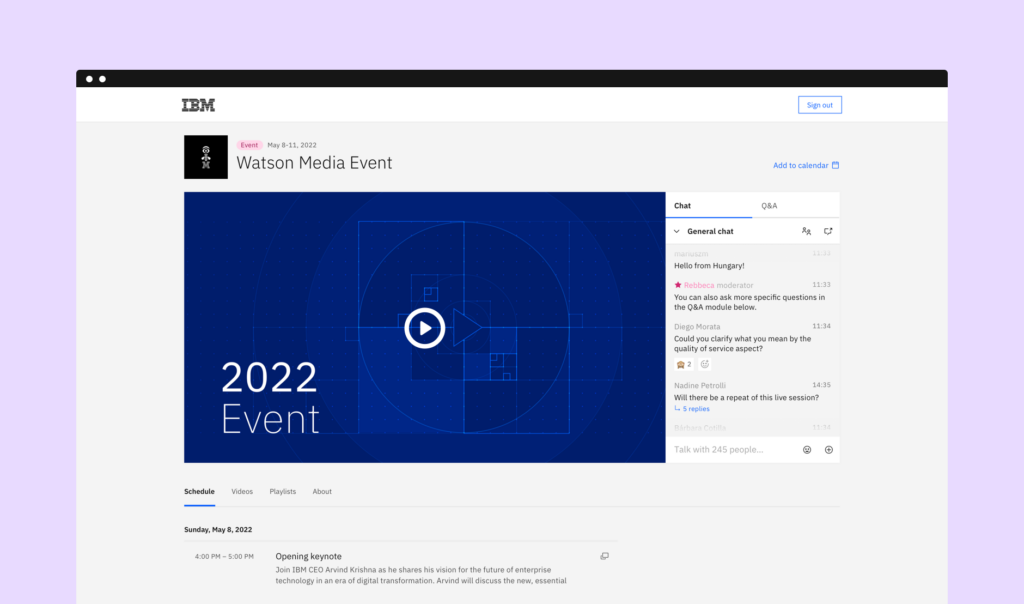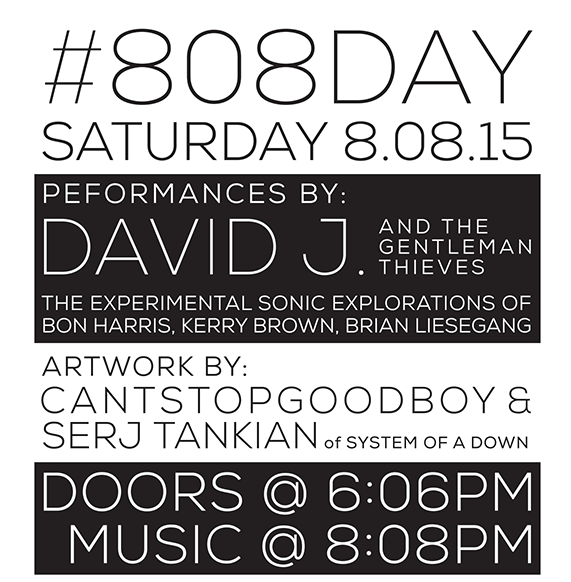We’ve all seen the statistics about video’s value for marketers: how response rates and engagement rise when video is employed and how website conversions increase when video is used on a site to provide information about products or explain how they work. But we’ve just scratched the surface of how marketers can use video to grab an audience’s attention, capture leads, and drive sales.
Let’s look at 5 ways video marketing will evolve in future and how it will affect our marketing strategies and tactics.
1) The Death of Death-by-PowerPoint
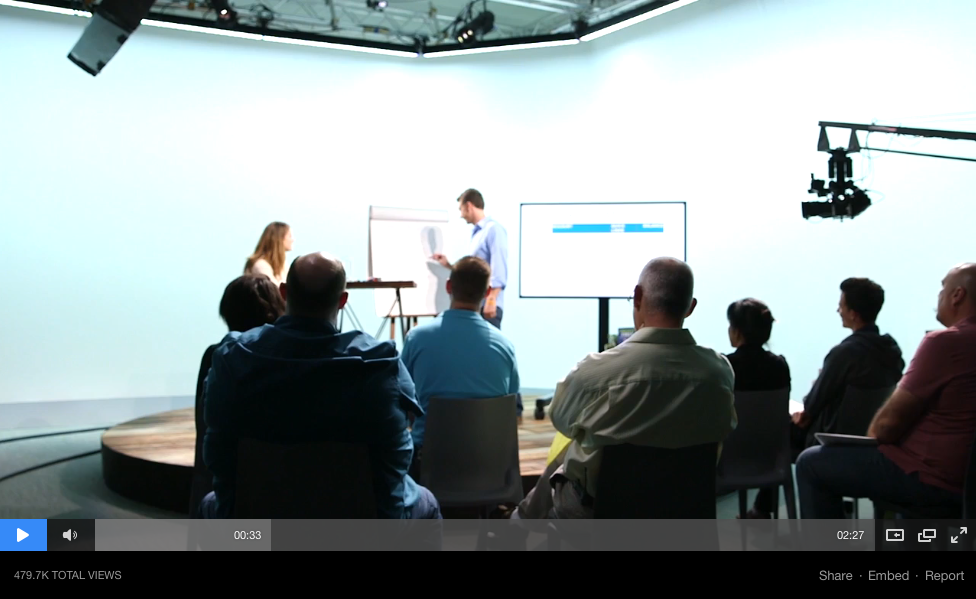
We’ll break away from boring slide presentations with a disembodied voice droning on, minimal audience interaction, and audience limits in the hundreds, replacing them with high-definition video events that can scale to reach massive audiences. We’ll use seamless transitions from full-screen, high resolution views of the presenters to slide content to recorded video clips to keep viewers engage, combining all three elements with green-screen effects that are commonplace on television news and entertainment shows. And we’ll have robust integrated tools that will enable each attendee to pose questions, offer comments, and take polls and tests as if they were in the room with the presenter.
Check out CreativeLive’s live online workshops for creative professionals or Brandlive’s use of live video, social interaction, and conversion mechanisms to create immersive product experiences for brands and retailers. Another great example is Salesforce’s use of video for their Dreamforce keynotes.
2) Video-on-Demand Gets Interactive

The vast majority of marketing video-on-demand (VOD) assets are linear and static, but a new class of interactive video tools allow marketers to add interactive elements to videos, offering viewers the ability to engage directly with the content and even follow different paths. Marketers can define branches and embed links, hotspots, and overlays into videos that can display contextual information about products, places, or people when the user clicks or mouses over them, and add quizzes and calls to action to collect information. Interactions like these are proven to boost engagement and increase conversions and they enhance the value and impact of long-form video by making it a more versatile storytelling mechanism.
YouTube Annotations provides some basic interactions, while more sophisticated solutions like Hapyak, Raptmedia, and Interlude offer a wider variety of interactions and more control over the viewing experience. HapYak’s SaaS platform works with a wide variety of video platforms, including Ustream. Raptmedia, like Hapyak, offers a straightforward environment for adding interactions that is easily adopted by novices, while Interlude’s powerful Treehouse application is probably better suited to users with more experience in video production techniques. All of these tools collect detailed data on their interactions so marketers can analyze viewer engagement and the asset’s performance. Take a moment to look at these examples from Hapyak, Interlude, and Raptmedia to see how to take your marketing videos to the next level.
3) Social Trumps Email
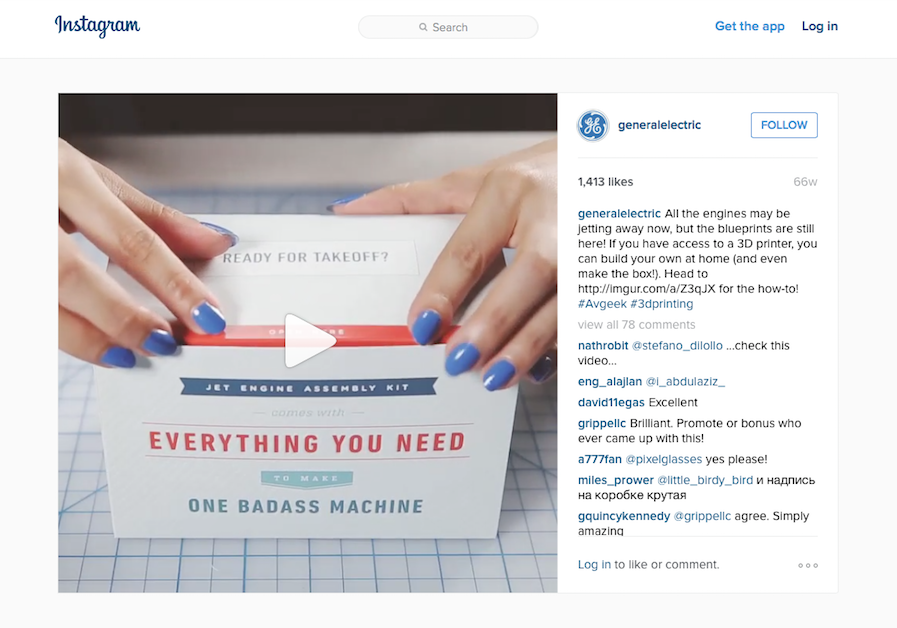
Forget about those tired email campaigns. The future of video marketing depends upon integrating your video platform with your social network account to reach your audience in a matter of seconds with short, impactful videos that outperform print content in open rates, engagement, and click through. But beware… social video requires a different design-mindset than video we’ve used in more traditional channels.
In a CEABlog post titled “5 Digital Innovations Changing Advertising and Marketing in 2015”, Matt Rednor, CEO of Decode Advertising, points out that “As brands shift their spend to online video this year, they’re going to see that just running TV commercials online won’t work as well and will start designing for the flick, creating short-form video ads that people consume in their feeds without sound.” This is particularly true if you use autoplay video on Twitter, Facebook, Instagram and other social channels as these videos are typically muted when they launch.
Want some great examples of short-form video?
- GE’s Instagram videos make mundane industrial products cool
- HP launched its Pavillion X360 laptop with a series of 5 six-second Vines
- Lowes uses stop-motion Vines to educate its customers and promote its brand.
4) Finding the Unusual Suspects
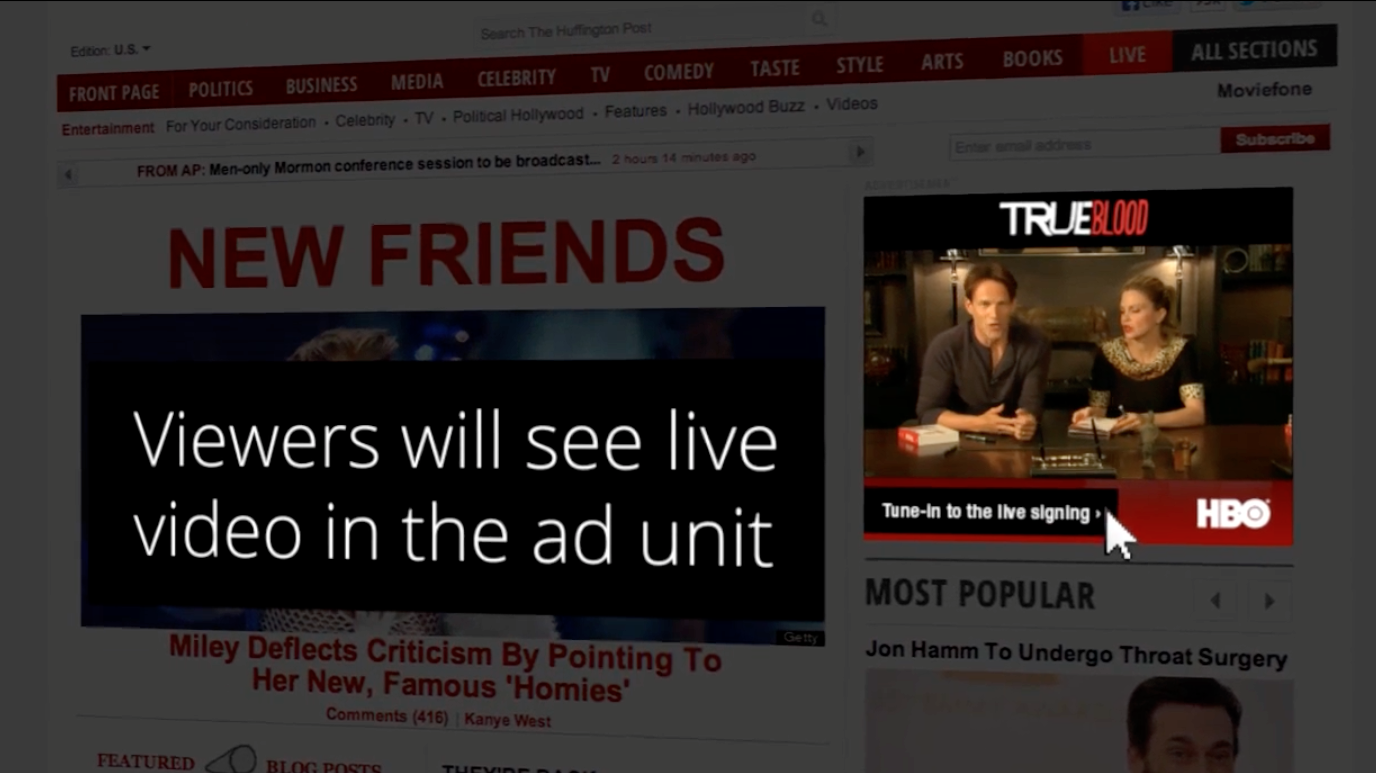
We’re pretty good at reaching the people in our databases, but what about all those people we haven’t yet reached? New tools like Ustream LiveAd make it possible to place video ad units on the websites that your target audiences frequent and pull live viewers directly into your live video events, scaling far beyond our normal audiences.
Watch your audience grow exponentially as viewers see your live feed positioned prominently on their homepage or on a blog that they regularly read and then click through to join your live event. Sony Entertainment used this tactic to drive massive audiences for its live broadcast of the PS4 launch (link to PS4 video) and Salesforce used it to boost views of its keynote sessions for its annual Dreamforce conference, reaching 8.9 million viewers in 2014.
5) Viewing the World from Different Perspectives
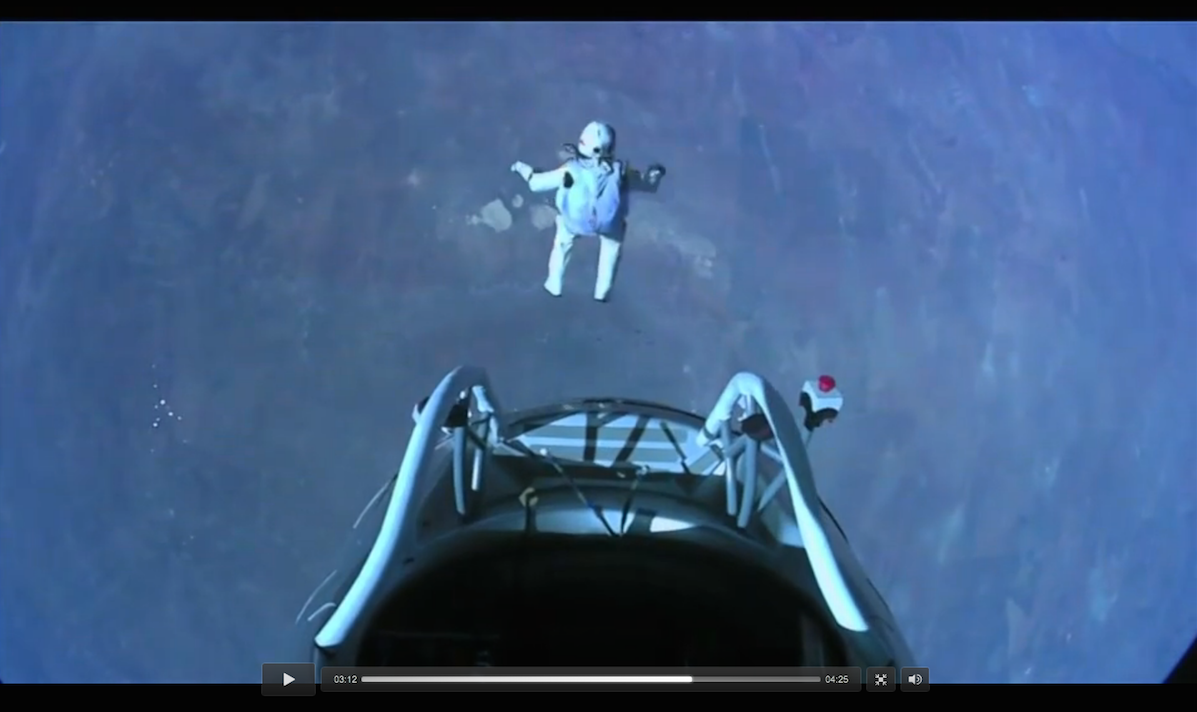
Drones are capturing live video feeds from new perspectives during sporting events, concerts, and rallies while wearable cameras are flipping the camera to share what players/participants in sporting events and performers in concerts see and experience. Savvy marketers like Red Bull are branding these broadcasts to drive visibility and create an “edgy” market persona.
While commercial drone use is still in its infancy, realtors across the U.S. are using drones to market high-end properties. And agencies are embracing drones to create interesting, offbeat videos like Cup Noodles Brasil’s combination of drone, wearable, and traditional video footage to present a unique approach to food delivery. By the way, where can I get a chicken head for my drone?
Wearables cameras like GoPro are helping marketers engage viewers with powerful, immersive experiences. For example, the National Hockey League partnered with GoPro to show the speed and artistry of hockey through the eyes of the players. Red Bull’s video of Felix Baumgartner’s record-breaking free-fall jump gave viewers an astounding first-hand perspective of the feat. The low cost and high video quality of these devices enables thousands of people to record and post amazing videos from their wearables every day, showing the power of user-generated content and the ingenuity (and weirdness) of people who have a story to tell and a vision to share. And isn’t that the essence of marketing?
Conclusion
Innovative marketers are already stretching the boundaries of what is possible and vendors of video platforms and tools, social applications, mobile networks and the other technologies mentioned here are watching and listening to consumers and business users to spot trends and tackle problems yet unsolved. We’re willing to bet that you’ll employ some of these tools and techniques in the near future. And we hope that you’ll share what you learn with other video marketers.
